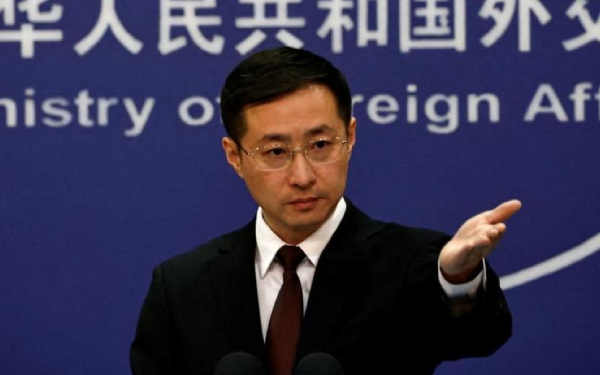Beijing announced on Wednesday that it will impose tariffs of up to 84% on U.S imports beginning Thursday, a significant rise from the 34% previously declared, as the trade war between the US and China escalates.
The action followed a startling 104% tariff on Chinese imports imposed by the Donald Trump administration.
The huge levies on Chinese imports were part of Donald Trump’s “reciprocal” tariffs on dozens of countries that went into effect on Wednesday, intensifying the global trade war.
The US-China trade war originally erupted in 2018 during former President Donald Trump’s first term, when the US imposed tariffs on over $250 billion worth of Chinese goods to counter what it called unfair trade practices, intellectual property theft, and China’s growing dominance in high-tech sectors.
_1744139165.jpg)
China retaliated with tariffs of its own, targeting key US exports such as soybeans, automobiles, and energy products. While there was a temporary thaw following a “Phase One” trade agreement in 2020, tensions never fully eased.
Now, in Trump’s second term, both sides appear to be doubling down.
China’s latest tariff not only underscores its resistance to U.S trade pressure but also signals a shifting global trade environment—one where decoupling, national security concerns, and economic nationalism increasingly shape policy decisions.
The intensifying standoff threatens to further disrupt global supply chains, unsettle markets, and strain already fragile diplomatic ties.




